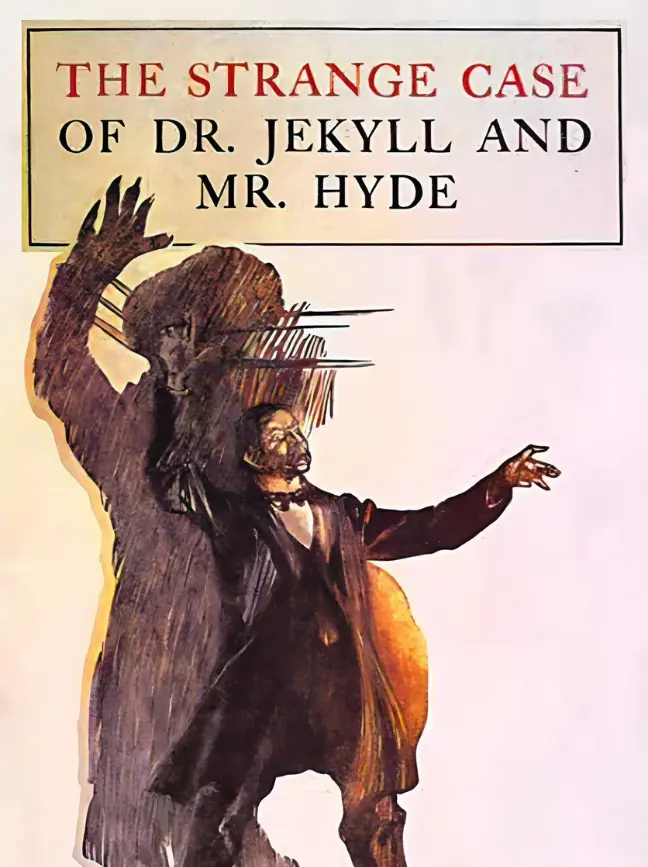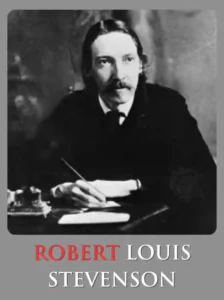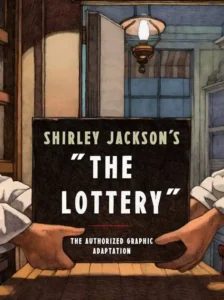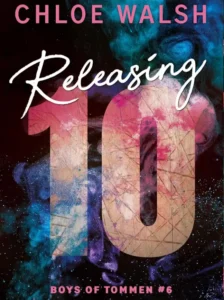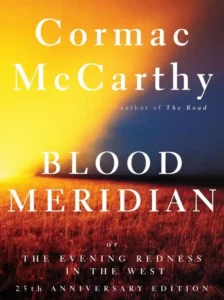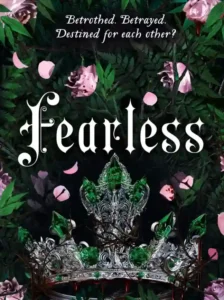Robert Louis Stevenson’s masterpiece of the duality of good and evil in man’s nature sprang from the darkest recesses of his own unconscious—during a nightmare from which his wife awakened him, alerted by his screams.
More than a hundred years later, this tale of the mild-mannered Dr. Jekyll and the drug that unleashes his evil, inner persona—the loathsome, twisted Mr. Hyde—has lost none of its ability to shock.
Its realistic police-style narrative chillingly relates Jekyll’s desperation as Hyde gains control of his soul—and gives voice to our own fears of the violence and evil within us.
Written before Freud’s naming of the ego and the id, Stevenson’s enduring classic demonstrates a remarkable understanding of the personality’s inner conflicts—and remains the irresistibly terrifying stuff of our worst nightmares.
Who Wrote Dr Jekyll and Mr Hyde
The novella Strange Case of Dr Jekyll and Mr Hyde was written by Robert Louis Stevenson. It was first published in 1886 and is a classic work of Gothic fiction that explores themes of duality, morality, and the human capacity for both good and evil.
Who is doctor Jekyll and Mr Hyde
Dr. Jekyll and Mr. Hyde are two personas of the same individual, representing the duality of human nature. They are central characters in Robert Louis Stevenson’s novella Strange Case of Dr Jekyll and Mr Hyde. Here’s a brief overview:
Dr. Henry Jekyll
- A well-respected doctor and scientist.
- Jekyll is kind, intelligent, and ambitious but struggles with the darker impulses of his nature.
- He creates a serum intending to separate his good side from his darker urges, allowing him to indulge without guilt.
Mr. Edward Hyde
- The physical and moral manifestation of Dr. Jekyll’s darker side.
- Hyde is cruel, violent, and devoid of compassion, representing unrestrained evil.
- He commits heinous acts, including murder, without remorse.
The Duality
Dr. Jekyll’s transformation into Mr. Hyde highlights the idea that everyone has both good and evil within them. Over time, Jekyll loses control of the transformations, and Hyde becomes dominant, leading to tragic consequences.
The story is a psychological exploration of the conflict between these two sides of human nature.
When was Dr Jekyll and Mr Hyde Written and Published
Dr. Jekyll and Mr. Hyde, officially titled Strange Case of Dr Jekyll and Mr Hyde, was written by Robert Louis Stevenson in 1885 and first published on January 5, 1886.
The novella was written in just a few weeks and became an immediate success, cementing Stevenson’s reputation as one of the greatest writers of his time. It has since become a classic in Gothic literature, widely studied and adapted across various media.
What is Dr Jekyll and Mr Hyde About
Dr. Jekyll and Mr. Hyde, officially titled Strange Case of Dr Jekyll and Mr Hyde by Robert Louis Stevenson, is a Gothic novella that explores the duality of human nature—the struggle between good and evil within a single person. Here’s an overview of its plot and themes:
Plot Summary
The story is set in Victorian London and follows Dr. Henry Jekyll, a respected scientist and physician, who believes that every person has a dual nature: one part good and one part evil. Driven by this idea, Jekyll creates a potion that allows him to separate his darker impulses from his virtuous self.
When he drinks the potion, he transforms into Mr. Edward Hyde, a smaller, younger, and entirely malevolent version of himself, free from the constraints of morality and societal expectations. In this form, Hyde indulges in violent and criminal behavior, including the brutal murder of an innocent man.
Initially, Jekyll enjoys the freedom Hyde provides but soon discovers that his darker side is growing stronger and harder to control. Hyde begins to emerge without the need for the potion, threatening Jekyll’s life and reputation. In a desperate attempt to contain Hyde, Jekyll isolates himself and eventually chooses to end his own life rather than let Hyde take over completely.
Key Themes
- Duality of Human Nature: The novella explores the idea that every individual has a good and evil side, and suppressing one can have dangerous consequences.
- Science and Morality: Jekyll’s experiments highlight the ethical dilemmas of scientific exploration and the unintended consequences of tampering with human nature.
- Reputation and Society: Victorian society’s emphasis on appearances and respectability forces Jekyll to hide his darker impulses rather than confront them.
- Addiction and Loss of Control: Jekyll’s reliance on the potion parallels addiction, as he loses control over his transformations and Hyde begins to dominate.
Legacy
The story is a chilling allegory about the complexities of human identity and morality, making it a timeless classic. It has inspired countless adaptations in literature, theater, and film, cementing its place in cultural and psychological discussions.
How are Jekyll and Hyde the Same Person
Dr. Jekyll and Mr. Hyde are the same person because they represent two opposing aspects of Dr. Henry Jekyll’s personality: his virtuous, respectable side (Jekyll) and his darker, immoral side (Hyde). Through the use of a potion, Jekyll transforms into Hyde, physically manifesting the evil part of himself that is usually repressed.
How They Are the Same Person
- Shared Identity:
Dr. Jekyll and Mr. Hyde are two manifestations of the same individual, with Jekyll embodying his socially acceptable traits and Hyde embodying his repressed desires and darker impulses. - Transformation via Science:
Jekyll creates a chemical potion to isolate his good and evil sides. When he drinks the potion, he physically and mentally transforms into Hyde, a personification of his worst traits. The transformation changes his appearance and personality, but Hyde is still an extension of Jekyll. - Control and Conflict:
At first, Jekyll retains control over when he becomes Hyde, using the transformation as an outlet for his darker desires. Over time, however, Hyde grows stronger, and Jekyll begins to lose control. Eventually, Hyde starts to emerge without the potion, suggesting that the darker side of Jekyll is taking over. - Tragic Resolution:
Jekyll ultimately realizes that he cannot separate the good and evil within himself. The conflict between his two natures drives him to despair, and he chooses to end his life to stop Hyde from taking over permanently.
Symbolism
The story highlights the idea that everyone has both good and evil within them. Dr. Jekyll and Mr. Hyde are the same person, but they represent the extreme ends of this duality, showing how dangerous it can be to suppress or ignore either side.
How Many Pages is Dr Jekyll and Mr Hyde – How Long is it
The length of Strange Case of Dr Jekyll and Mr Hyde by Robert Louis Stevenson can vary depending on the edition and formatting. However, in most standard editions, it is approximately 60 to 100 pages.
Word Count
The novella is around 25,000 to 30,000 words, making it a relatively short read compared to full-length novels.
Reading Time
For most readers, it takes about 2 to 3 hours to read, depending on their reading speed. Its concise length and gripping narrative make it accessible and engaging for both casual readers and literary enthusiasts.
What is the Plot of Dr Jekyll and Mr Hyde
The plot of Strange Case of Dr Jekyll and Mr Hyde by Robert Louis Stevenson is a thrilling exploration of the duality of human nature, set in Victorian London. Here’s a summary of the story:
Plot Summary
1. Introduction to Mr. Hyde
The novella begins with Mr. Gabriel John Utterson, a lawyer, and his friend Mr. Richard Enfield taking a walk. Enfield recounts a disturbing incident in which a sinister man, Edward Hyde, trampled a young girl. Hyde paid the family compensation using a check signed by the respectable Dr. Henry Jekyll, raising suspicions about their connection.
2. Utterson’s Concern
Utterson, who manages Jekyll’s legal affairs, reviews Jekyll’s will, which leaves all his possessions to Hyde in the event of his death or disappearance. Troubled, Utterson investigates Hyde but finds him evasive and menacing. Meanwhile, Jekyll assures Utterson that he can handle the situation and urges him not to worry.
3. Hyde’s Crimes
Hyde’s violent behavior escalates. He brutally murders Sir Danvers Carew, a well-respected man, which causes public outrage. Hyde vanishes, and Utterson grows increasingly concerned for Jekyll, who has secluded himself.
4. Jekyll’s Isolation
Jekyll reappears briefly and seems healthier, but soon retreats again. His servants, frightened by strange noises and behavior, call Utterson for help. Together, they break into Jekyll’s laboratory and find Hyde dead, apparently by suicide, dressed in Jekyll’s clothes. Jekyll, however, is nowhere to be found.
5. The Truth Revealed
Utterson discovers a letter left by Jekyll explaining everything. Jekyll had been struggling with his darker impulses and created a potion to separate his good and evil sides. This potion allowed him to transform into Hyde, who indulged in immoral and criminal acts without tarnishing Jekyll’s reputation.
Initially, Jekyll enjoyed the freedom Hyde provided, but Hyde’s behavior grew increasingly violent. Worse, Jekyll began transforming into Hyde involuntarily, even without the potion. Desperate to stop Hyde’s dominance, Jekyll destroyed his supply of the potion, but when he couldn’t recreate it, he realized he would permanently become Hyde. To prevent this, he chose to take his own life.
Themes and Significance
The story examines the duality of human nature, the conflict between societal expectations and inner desires, and the dangers of unchecked scientific experimentation. The suspenseful and morally complex plot has made it a timeless classic in Gothic literature.


